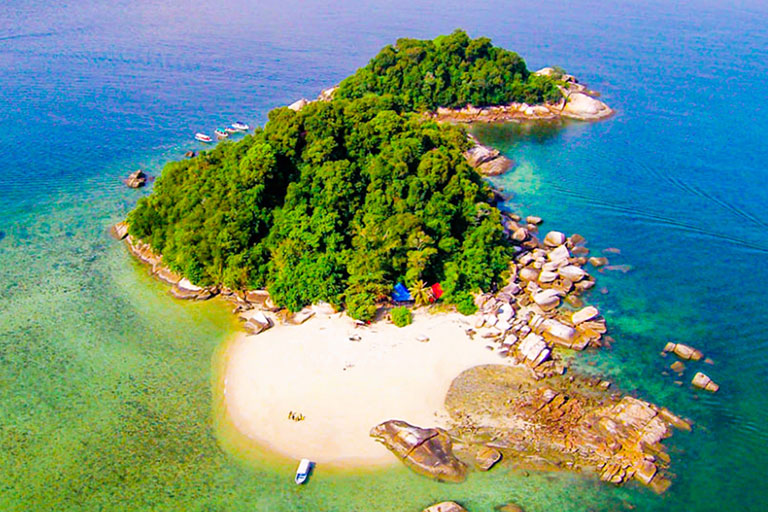At ATF 2024 in Vientiane, Laos in January, several member countries also introduced ‘Visit’ years to boost inbound arrivals with exciting programs and activities.
Malaysia introduced a compulsory digital arrival card for foreign visitors in January, but still expects inbound numbers to keep increasing, especially with three campaigns – Visit Perak, Visit Melaka and Visit Johor – offering many attractions and activities ranging from ecotourism, heritage, gastronomy and golf to MICE and festive events.
For international visitors, Perak is easily accessible from Kuala Lumpur and Penang, while Melaka is under two hours’ drive from Kuala Lumpur International Airport and Johor is over the border from Singapore.
In Indonesia, perennial favourite Bali is imposing a ‘green tourism’ tax from February 14. International tourists travelling to Bali must pay Rp150,000 (AU$14.82) per person, “contributing to the preservation of Bali’s culture and natural environment”, announced the Ministry of Tourism and Creative Economy.
Indonesia is promoting culture-based tourism such as Borobudur in Yogyakarta, Central Java and community participation in Labuan Bajo, Flores – where the ASEAN Summit was hosted in May 2023.
Leading destinations in Thailand, Bangkok and Phuket, are pushing luxury experiences and wellness programs to distinguish them from the mass market. Secondary destinations such as Chiang Rai in the north of Thailand and Ko Samui in the south are offering community and health rejuvenation options.
Thailand is also advocating sustainable tourism goals adapted from the 17 United Nations Sustainable Development Goals. A Sustainable Tourism Acceleration Rating system certifies tourist businesses in tourism sustainability. As of this January, 497 businesses have received certification, with the aim for 80 per cent of all tourism stakeholders to be certified by 2025. Event planners are encouraged to support such establishments.
Priority target markets for Vietnam this year are North America, Oceania and India. While promoting multiple tourism themes, Vietnam National Authority of Tourism identified the main MICE locations as Hanoi, Ho Chi Minh City, Danang, Phu Quoc and Nha Trang, with varying amounts of support available for organisers and event planners from provincial and city authorities.
For land-locked Laos, a major challenge is international access. The country has four international airports welcoming eight airlines but capacities and frequencies are low. The top three markets for leisure and business visitors are China, Thailand and South Korea. However, with culture, nature and history being promoted for ‘Visit Laos Year 2024’, there are opportunities to include these elements in meeting and incentive itineraries for small groups.
Planners should note that while citizens of member countries generally don’t require visas for intra-ASEAN travel, requirements vary for other foreign nationals. For instance, citizens of Australia and New Zealand don’t need visas to visit Thailand for up to 30 days. E-visa applications are now possible for entry to Vietnam.




















